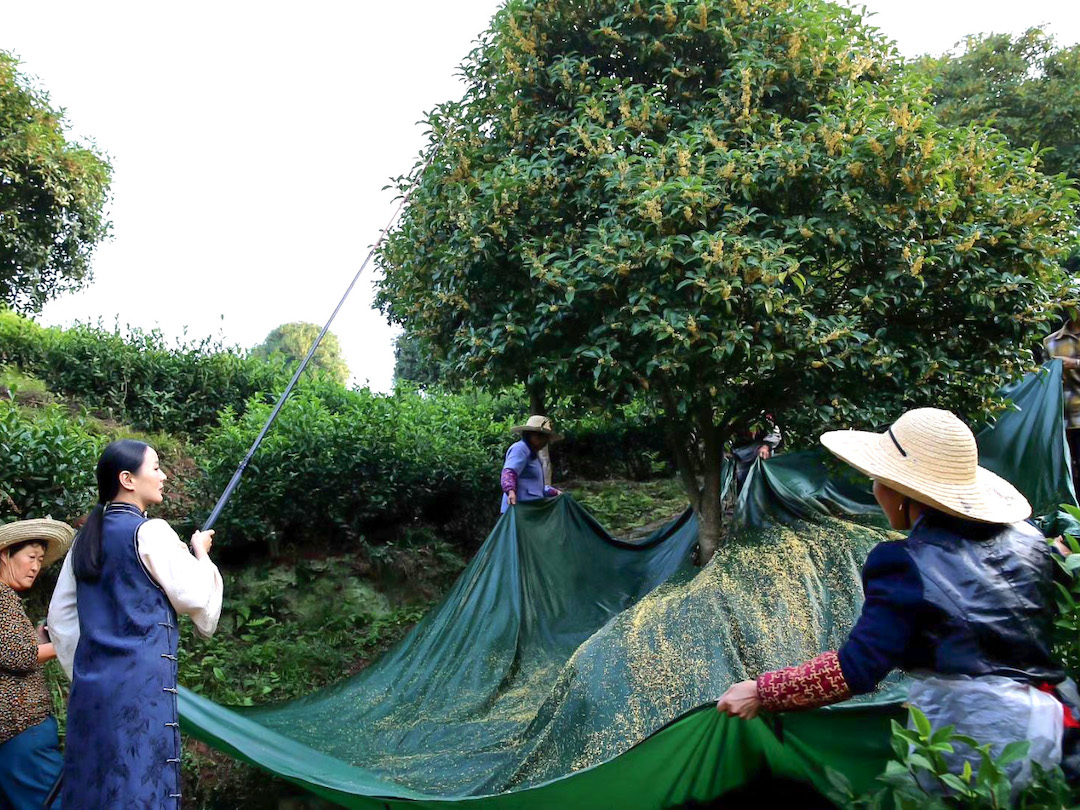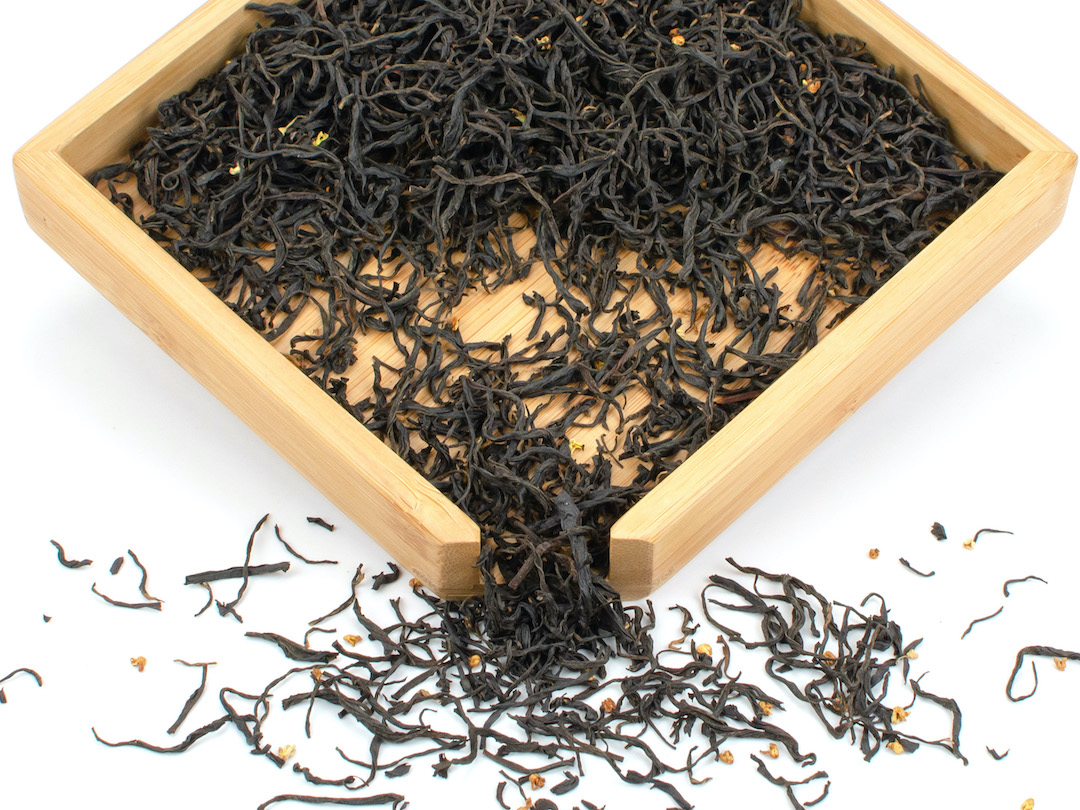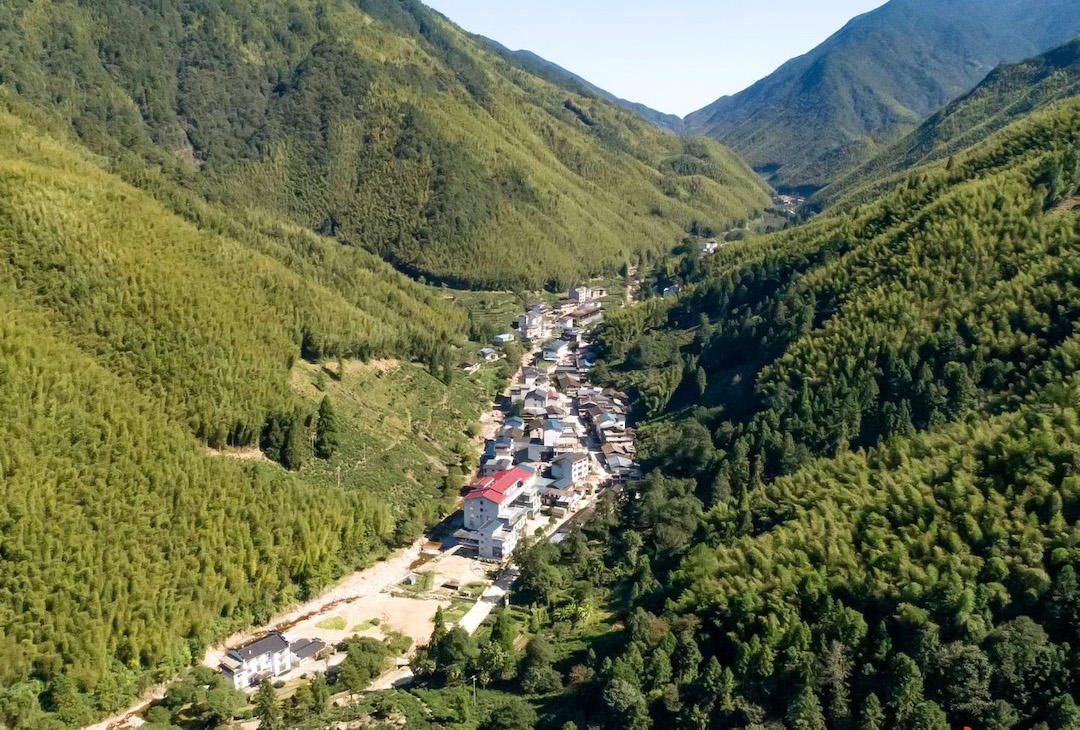Newsletter Feb. 24, 2023

This weekend, we’re bringing black tea back home to its origins in China’s eastern provinces, featuring our seven teas from there. That includes the new micro-lot of Osmanthus Qimen as well as some exquisite catalog staples: Zui Qun Fang (Drunken Peach), Tongmu Lapsang Souchong, Lapsang Souchong Strong Smoke, Anji Hong, Qimen Caixia, and Breakfast Qimen.
To say more about this Osmanthus Qimen micro-lot: we sourced a small quantity of this tea last year as a part of the Origin Series and were so impressed that when we had the chance to import a little extra, we went for it.
It’s a tea that defies expectation for both the black and scented styles. Just as the light smoke of Tongmu Lapsang Souchong gently enhances the innate character of its leaf, this tea’s osmanthus enflorage lifts up what’s already there, with the spicy character of Qimen black leaf at the fore. It’s a new invention but uses traditional processes, and like all of the others in this weekend’s feature, it was made to meet the demand of the moment.
Black tea in China’s east is the story of two hot markets – two periods of great demand and innovation that exist more than a century and half-a-world apart.

Looking back to 1880’s, you’d see that the land up and down Min River was tilled and toiled to make tea – black tea, specifically. Ever since black tea’s invention in Tongmu Village and its introduction to Dutch traders in the 1640’s, Europe’s demand for the dark leaf was on a steady tear. China was the only source of black tea and its response came in landslides, literal and metaphorical, and forest and food crops were rapidly cleared and planted with tea to meet the demand of foreign ships showing up in the port of Fuzhou, a port forced open in the Opium Wars.
The rush had even spread to Qimen County, where its spring crop of green tea became a spring crop of black tea in 1875. The singular flavor of its resulting tea demanded its own place on the map.
But then came a crash. Not by sudden and unforeseen events, but by a decades long campaign of the East India Company to break the Chinese monopoly on tea. That’s a story of espionage, drug cartels, and rich kids with guns and powdered wigs – and one longer than we can tell here.
Demand sharply waned as the European empires began to grow and process tea in their colonies. While the West never entirely lost its appetite for the distinct flavors of Lapsang Souchong and Qimen, the boom was gone and the skills to make black tea carried on in relative obscurity.

Jump forward to the beginning of the 21st century, and you’ll find another rush is underway. This time it’s not international trade that’s inspiring the mania, but a demand for high-end black tea that’s coming from China’s own tea drinkers. This new wave of black tea is high-end, often exclusive, with lots of yuan chasing small batches of tea with flavors that are distinctly Chinese and resonant with the spirit of the times.
Yet again, the innovations of tea makers in Tongmu Village lit the fire for this hot domestic market. It’s renewing interest in these old origins while also inspiring tea makers to make ever-better and more expressive black teas. Tongmu’s own Drunken Peach and Tongmu Lapsang Souchong are examples par excellence of high-end teas, new and old.
Like Qimen before it, historic green tea origins elsewhere are trying their own leaves as black tea. Anji Hong, made from Anji Baicha’s Baiye #1 cultivar, is a standout among them.
It’s a new day for this old style, and we’re lucky enough to be around for it. What a time to be alive, yeah?
